ALOE SHOOTING STAR
$25.80
This festive star succulent planter makes for a beautiful container display and table decoration. Set the planter out on the outdoor table for decoration or hang it on a fence or wall in a sunny spot that you can enjoy all summer long.
Out of stock
ABOUT ALOE SHOOTING STAR
The Aloe shooting star succulent planter makes for a beautiful container display and table decoration. Set the planter out on the outdoor table for decoration or hang it on a fence or wall in a sunny spot that you can enjoy all summer long.
While shooting star tolerates summer dry spells, it prefers a consistently moist growing medium throughout the year. Regular watering once every five to seven days provides plenty of moisture for rapid growth and root development. The soil should never become soggy, or the shooting star plant may rot.
Shooting star prefers full or partial shade. The plant may grow in full sunlight, but it will require substantially more water during summer. Difficult to cultivate from seeds, the plant grows best from transplants or cuttings. Fertile, moist, well-drained soil amended with 2 to 3 inches of organic, weed-free compost provides the ideal growing medium for shooting star. The plant cannot tolerate sandy, dry, heavy or clay soils.
Watering
While shooting star tolerates summer dry spells, it prefers a consistently moist growing medium throughout the year. Regular watering once every five to seven days provides plenty of moisture for rapid growth and root development. The soil should never become soggy, or the shooting star plant may rot. Applying 1 to 2 inches of water each week keeps the plant healthy, though it needs less supplemental water during times of excessive rain.
Fertilizing
Shooting star benefits from regular fertilization from early spring to late summer. A balanced 10-10-10 NPK fertilizer applied once every 15 to 20 days provides proper nutrition for the plant to thrive and flower. Alternatively, controlled-release fertilizer adds plenty of nutrients into the soil throughout the season and requires less effort from the gardener. Fertilizer should not come into contact with dry soil, as this can cause root burn.
Mulching
A 3- to 4-inch layer of mulch applied to the ground surrounding the plant shortly after planting deters the growth of weeds and improves moisture retention. Mulch should never touch the plant’s stem, as this increases the risk of fungal diseases caused by poor air circulation. Removing the mulch after shooting star dies back in midsummer allows the plant to easily regrow the following year. After the plant begins to regrow, reinstate the layer of mulch.
Propagation
Propagation of shooting star is best performed during the fall months, after all of the plant’s foliage has died back. Lifting the crowns of mature plants and separating into several smaller plants provides the best results. Seeds gathered during late summer, after flowering ends, may be sown directly into the garden in spring, though the seedlings grow slowly. The seeds must be kept consistently moist and out of direct sun.
Be the first to review “ALOE SHOOTING STAR” Cancel reply
Related products
Indoor Plants
Indoor Plants
Indoor Plants
Indoor Plants
Indoor Plants
Indoor Plants
Indoor Plants
Indoor Plants

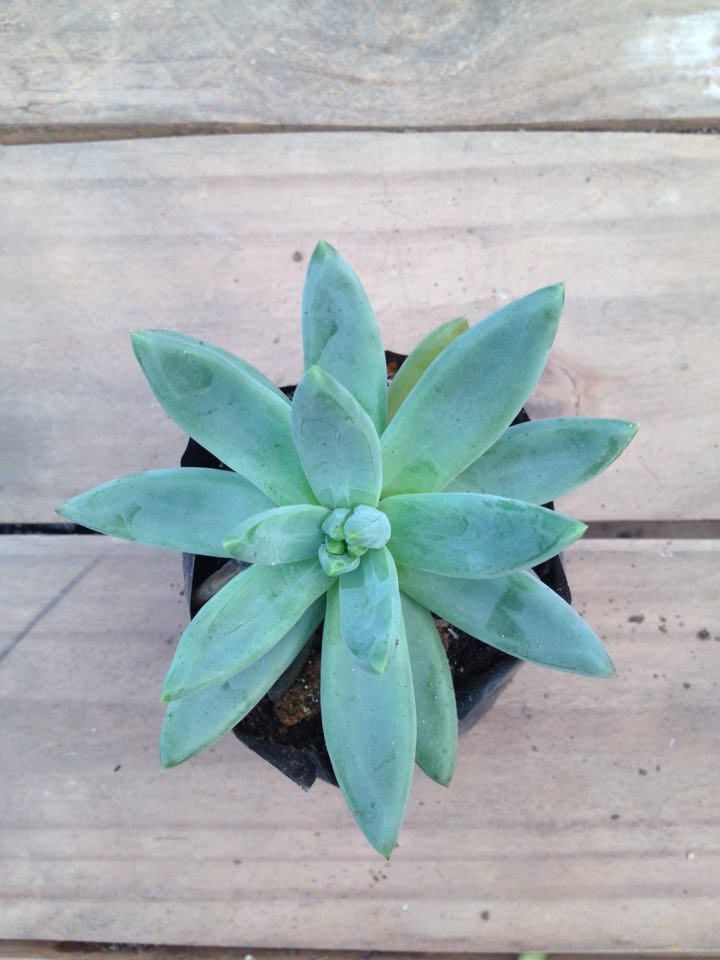
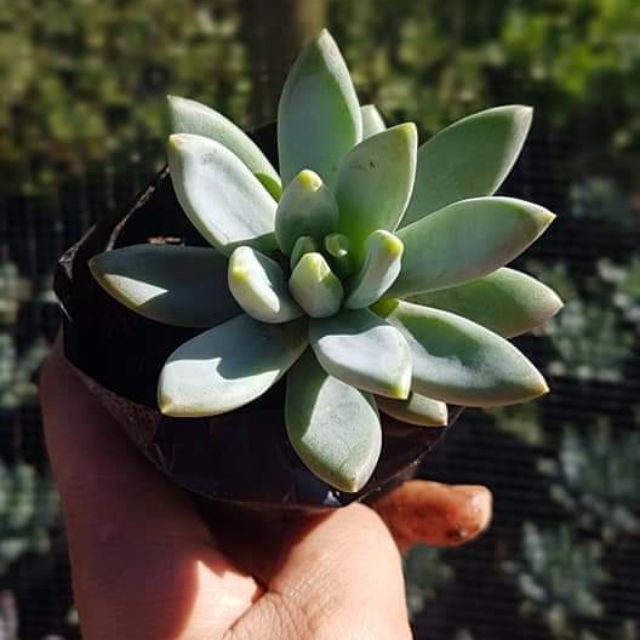
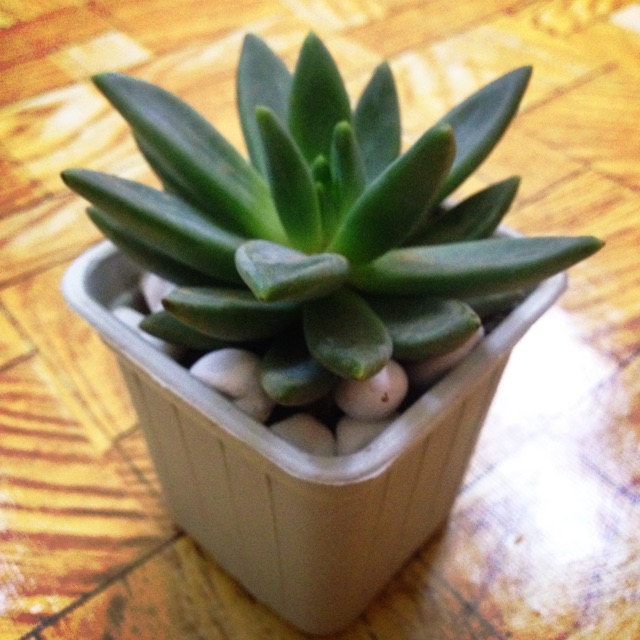
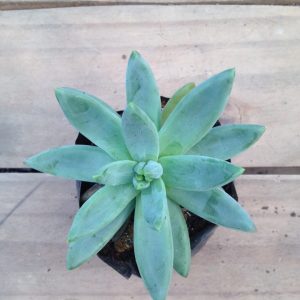
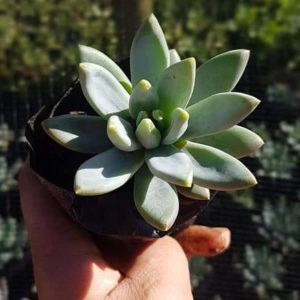
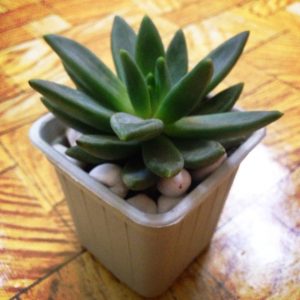
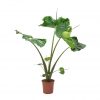

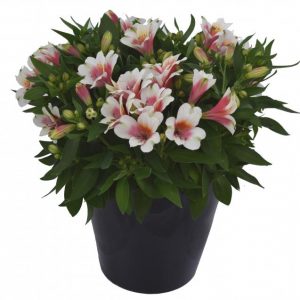
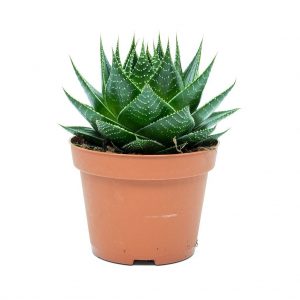
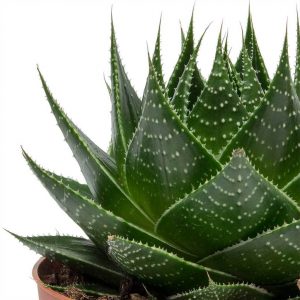
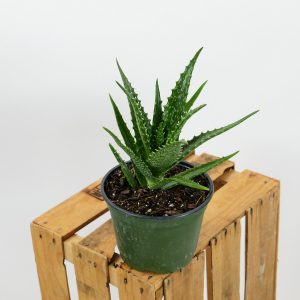
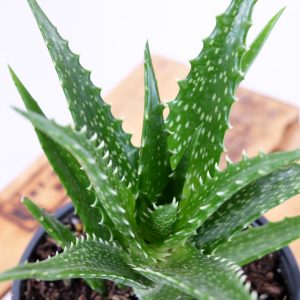
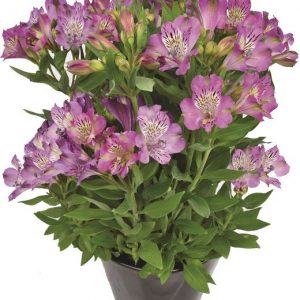
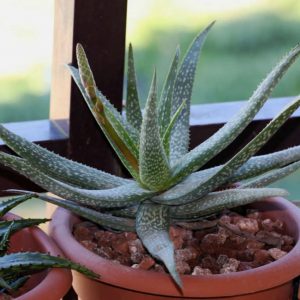
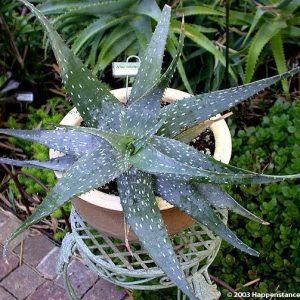
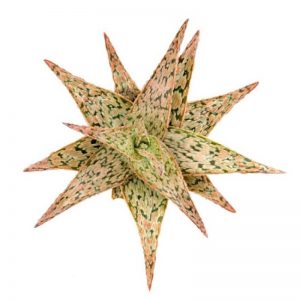
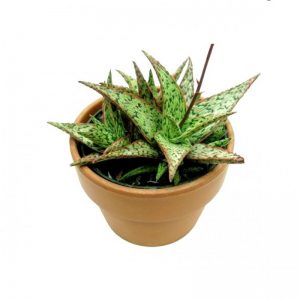
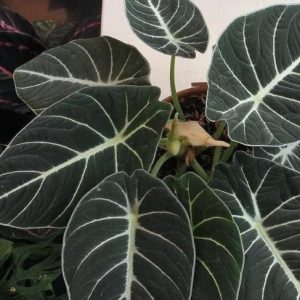

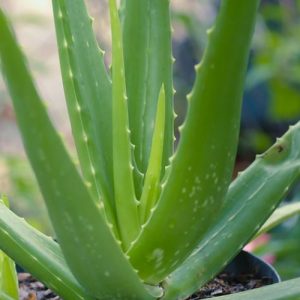
Reviews
There are no reviews yet.